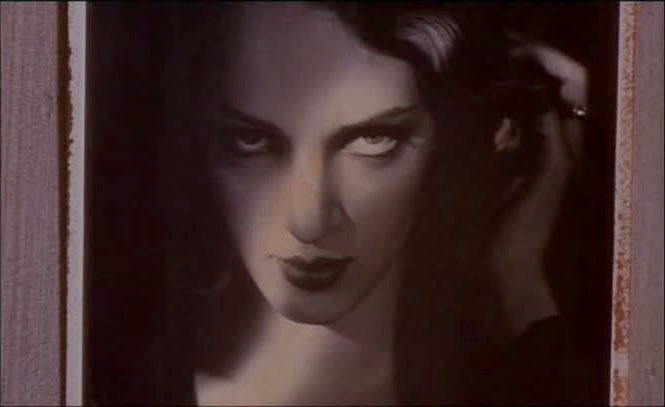
Tuesday, July 19, 2011
Sous Les Toits de Paris
This series of blogs turns out to be more complicated than I anticipated and takes more time too. For those of you reading this blog and did not know what "Nin" of my previous blog stood for, it's Anais Nin, and that clip was a scene at the beginning of the 1990 movie "Henry & June." I believe that movie got a lot of bad press because it had the dubious distinction to have received the first ever (and thus created) the American motion picture rating of NC-17. In the US, a movie is rated before it can be shown in theaters. The highest rating of R, which means the movie should be for adults only is OK and it is quite common. An X rating is reserved for pornographic movies that cannot be shown in main stream movie theaters. The NC-17 (no children under 17) is almost a financial kiss of death because its showing is severely restricted. As you can see then, it's all money driven, and movie directors must pay close attention to what they can and cannot do, or what they want or do not want to show in their movies, unless they do not care about making a profitable movie, and put in films what they really want to show. Phillip Kaufman made Henry & June, and he took the NC-17 rating stoically. Interestingly, it is said that the NC-17 rating was caused mainly by the showing of a postcard that Anais Nin was looking at at the beginning of the movie. Fancy that! Having lived in Europe for many years, I frankly do not understand what the big fuss is about. Henry & June is, in my opinion, a great movie that teaches the audience about many interesting things provided it cares to pay attention to what is shown. To start, director Philip Kaufman read Henry Miller's book "Tropic of Cancer" when he was student at the university of Chicago. He recalled that at that time, EVERY ONE was reading that book because it was banned due its strong sexual nature. He also met Anais Nin in 1962. Kaufman's movie closely followed the book of the same title, Henry and June: From the Unexpurgated Diary of Anaïs Nin (full title Henry and June: From A Journal of Love: the Unexpurgated Diary of Anaïs Nin (1931–1932)) published in 1986, one year after the death of her husband Hugo according to her wish to shield Hugo from all the details of her love for Henry. If you plan to watch this movie, you ought to read about Anais Nin's work and her passionate love affair with Henry Miller. In 1973 Anaïs Nin received an honorary doctorate from the Philadelphia College of Art. She was elected to the United States National Institute of Arts and Letters in 1974. Not to bore you here with too many details, you can watch this video clip. In this clip, you can hear "Sous les Toits de Paris" which is Kaufman's homage to the first French film with sound and its great movie director Rene Clair. In this clip, after meeting Henry Miller for the first time, Anais Nin wanted to let him use her typewriter. She delivers it herself to the apartment of Osborn, a colleague of her husband Hugo. Osborn lets Miller share a room in his apartment. This clip introduces for the first time June Miller, Henry's wife. Her picture was shown with only a few notes of the music motif from Claude Debussy's "Pour l'Egyptienne," which is the motif associated with June Miller throughout the movie. Uma Thurman portrayed June Miller with great intensity in this movie to match with the gravity of Debussy's "Pour l'Egyptienne." There are more clips that I intend to post here, time permitted, I'll get to the music tracks of this movie, as I usually do with movie soundtrack.


Subscribe to:
Post Comments (Atom)



No comments:
Post a Comment